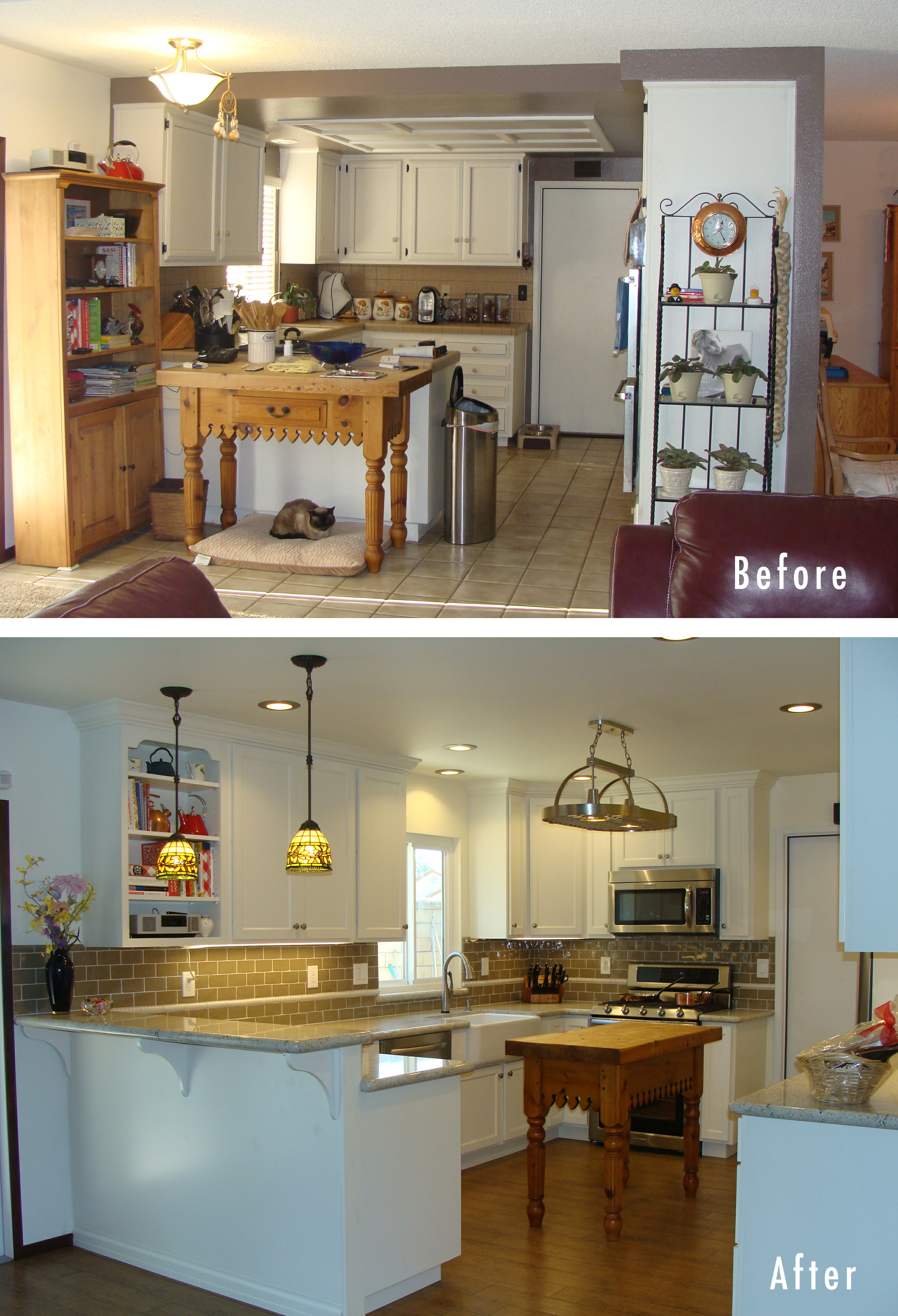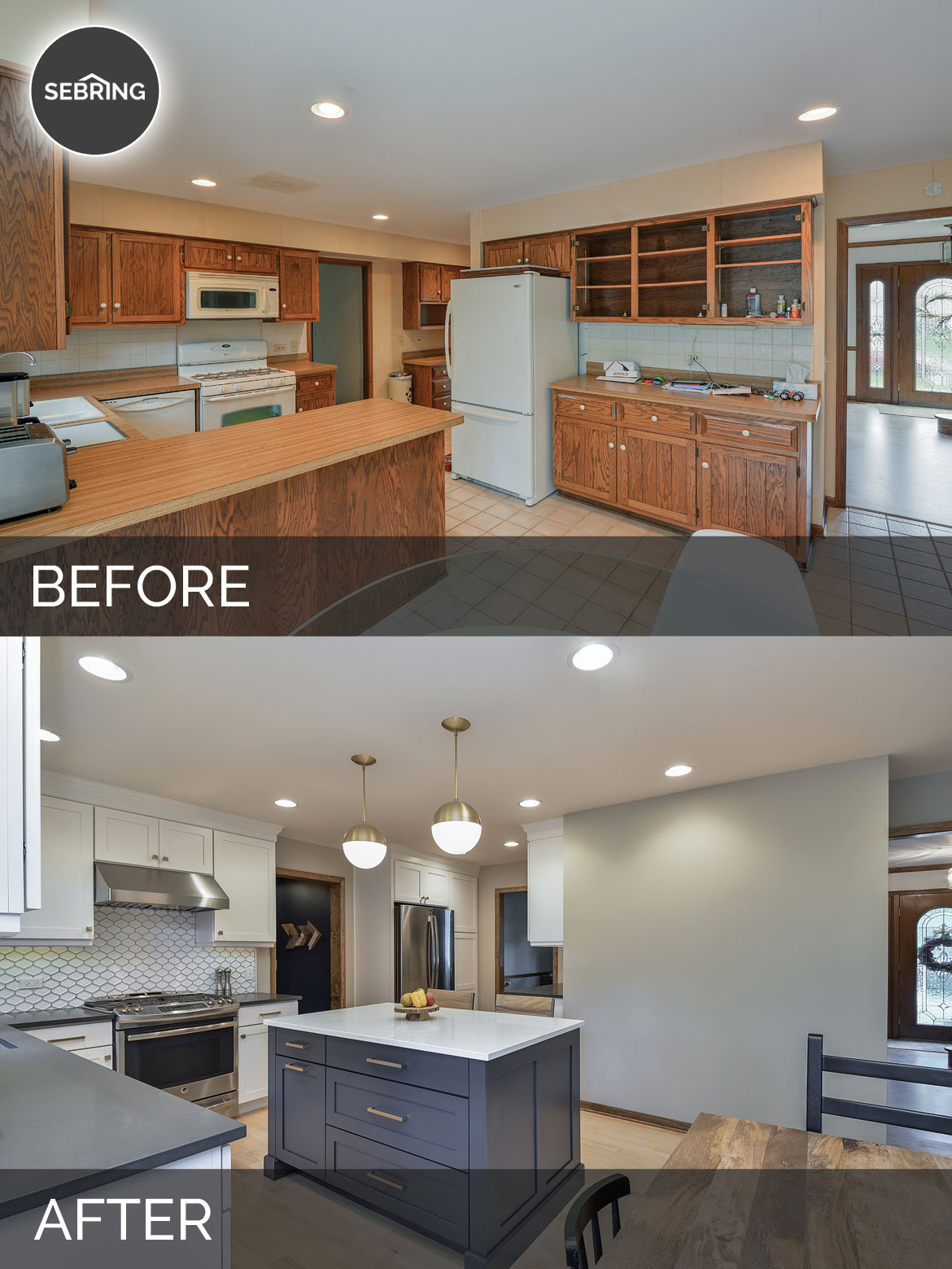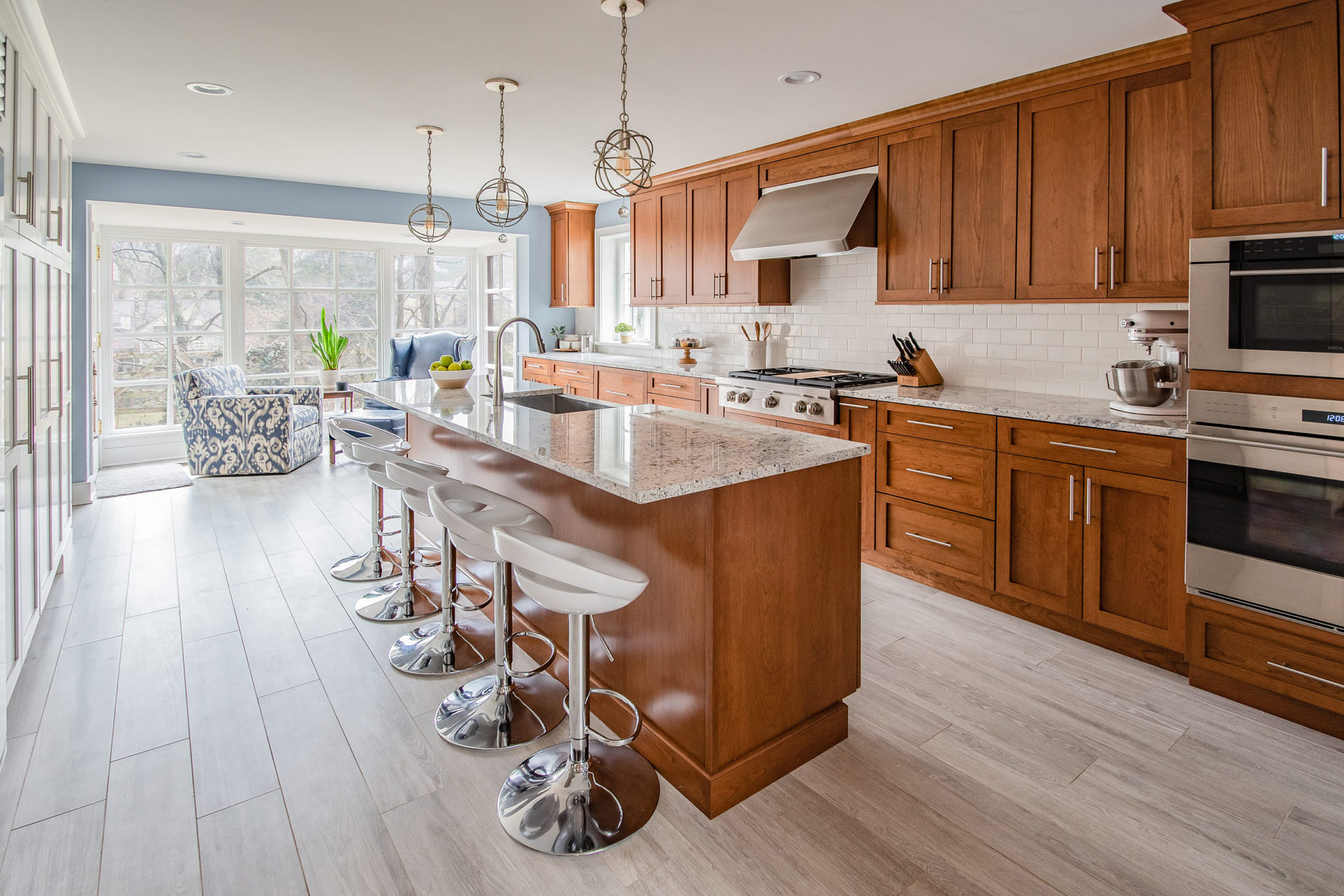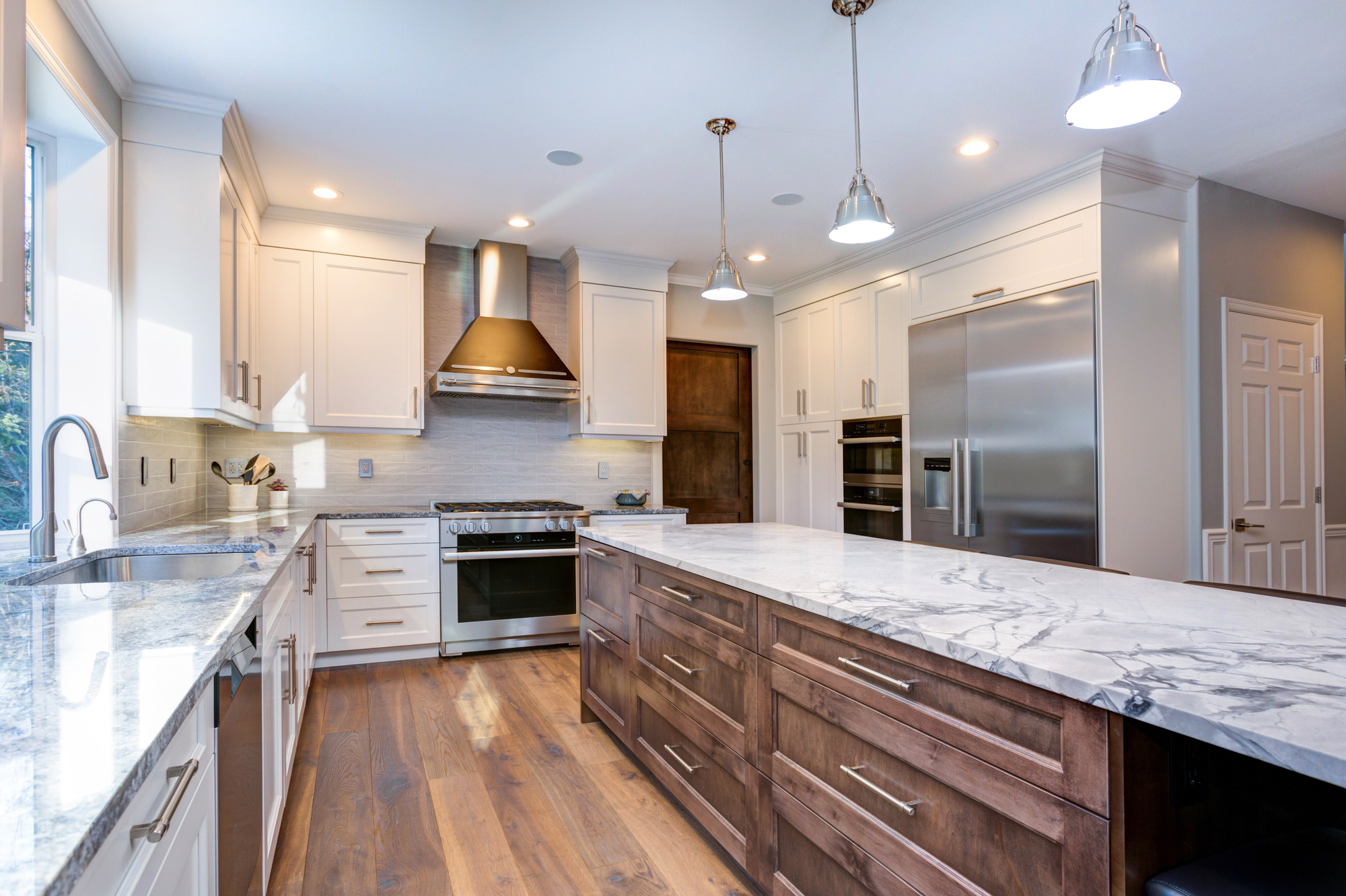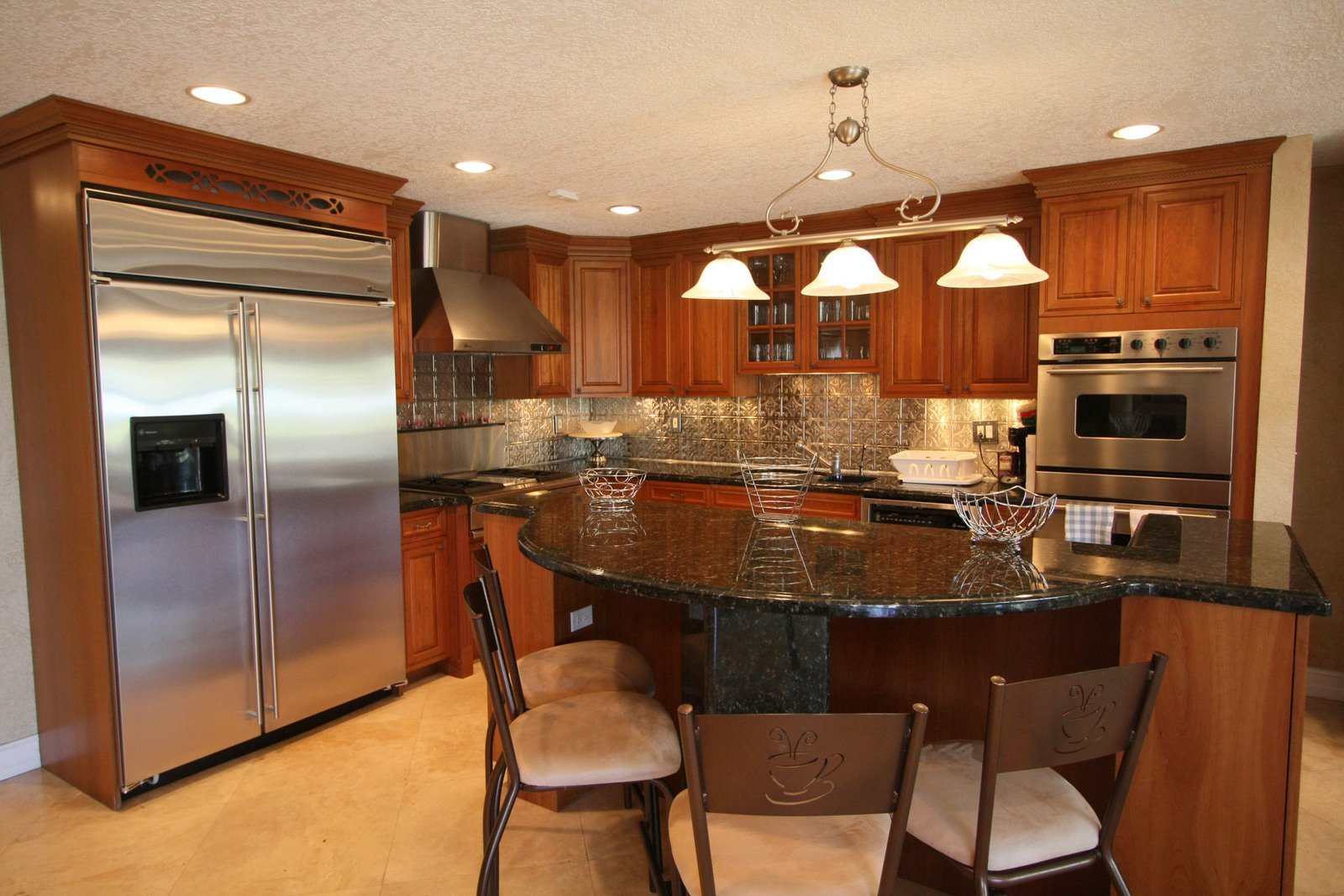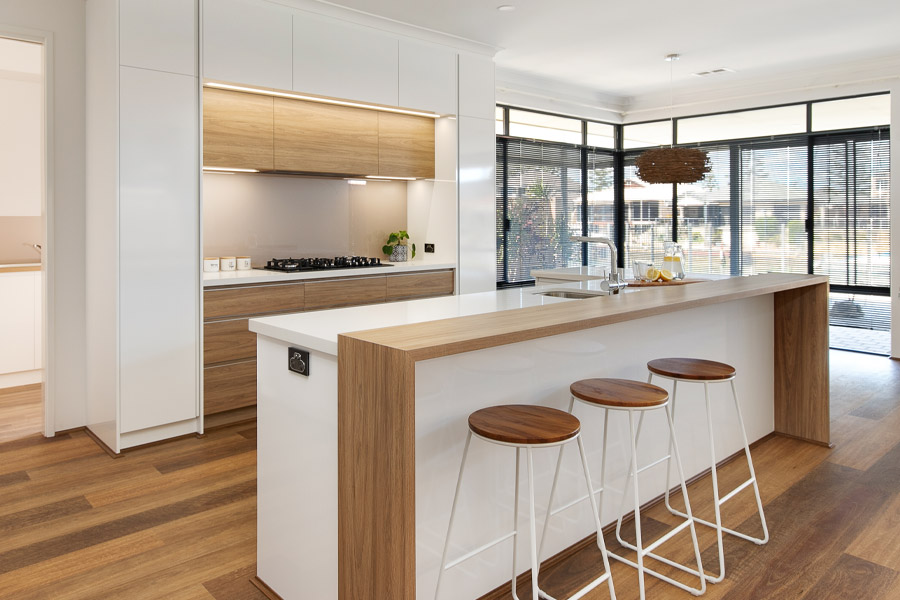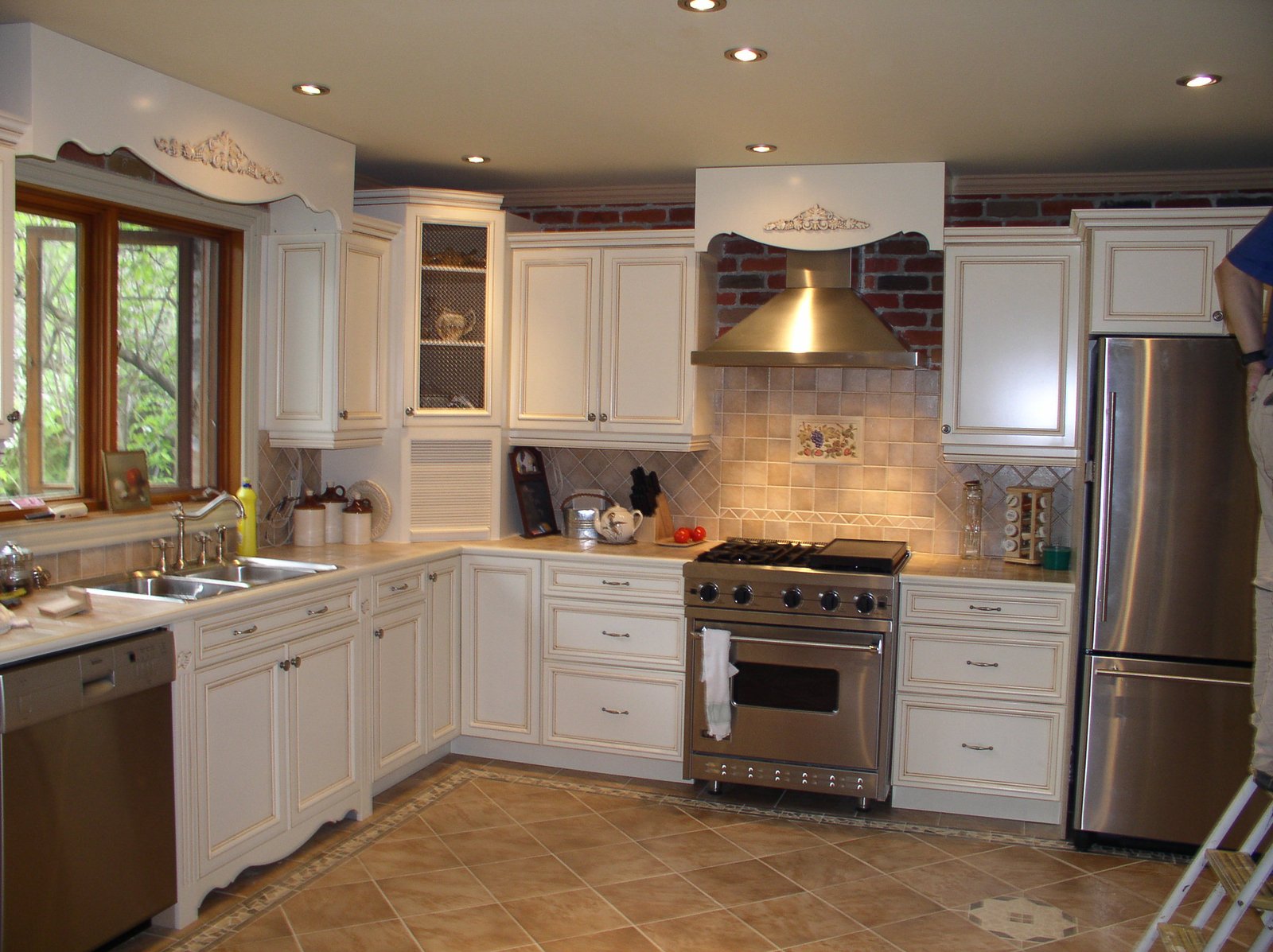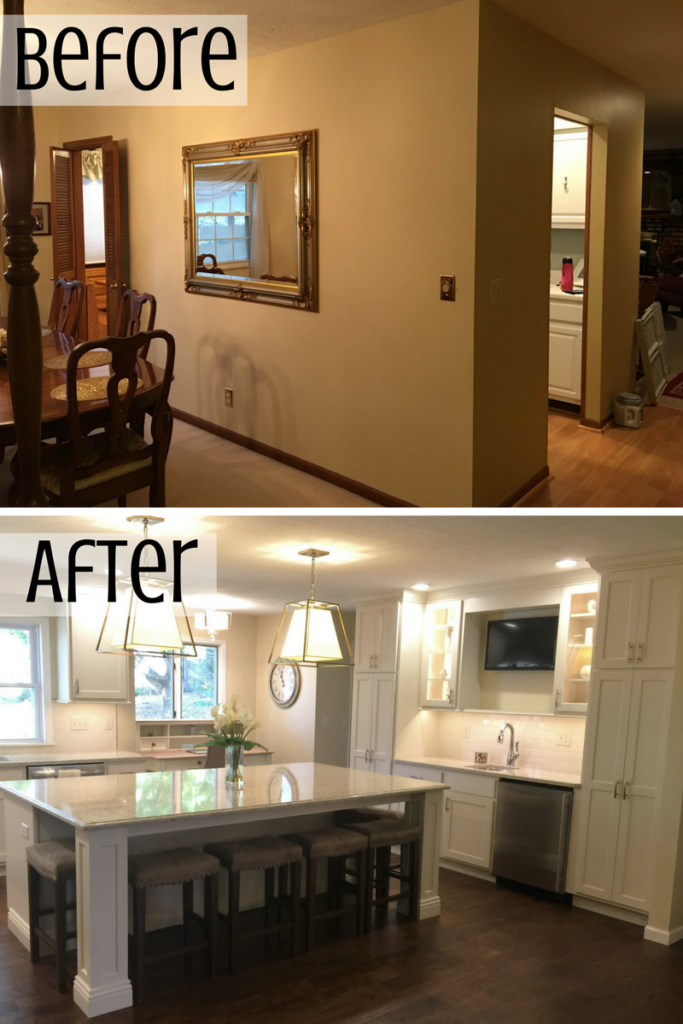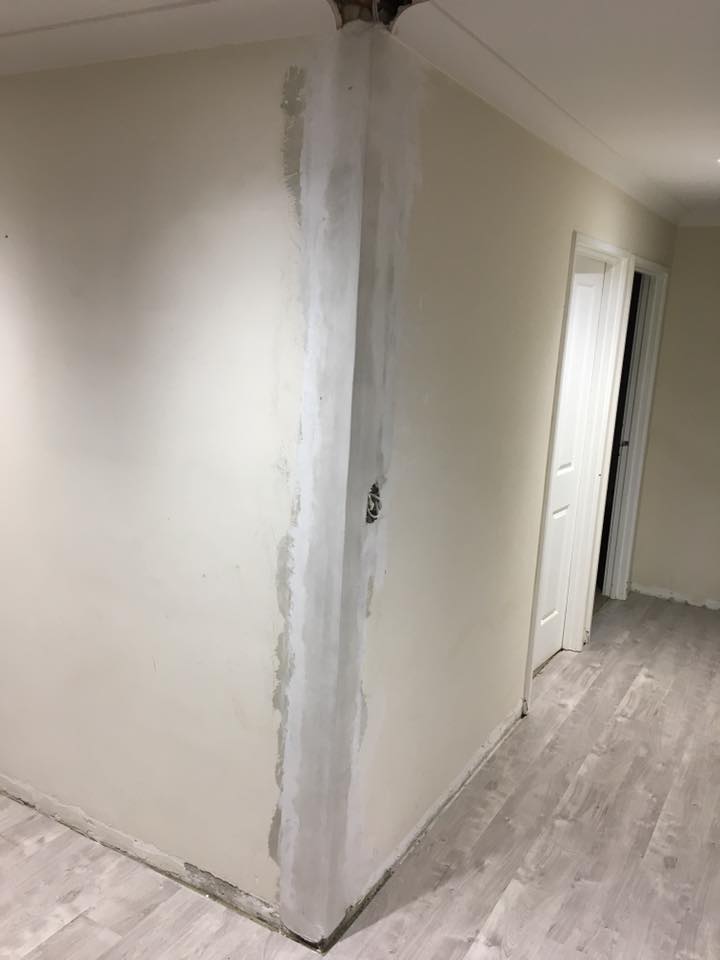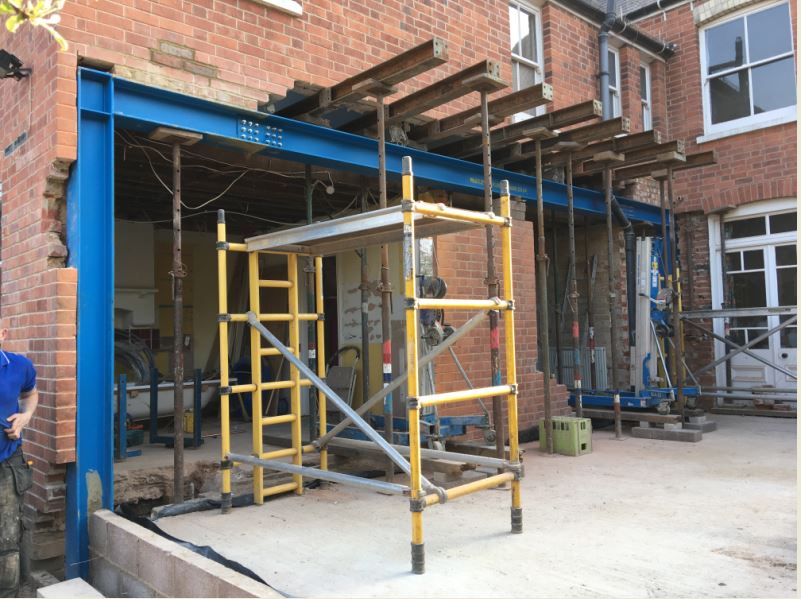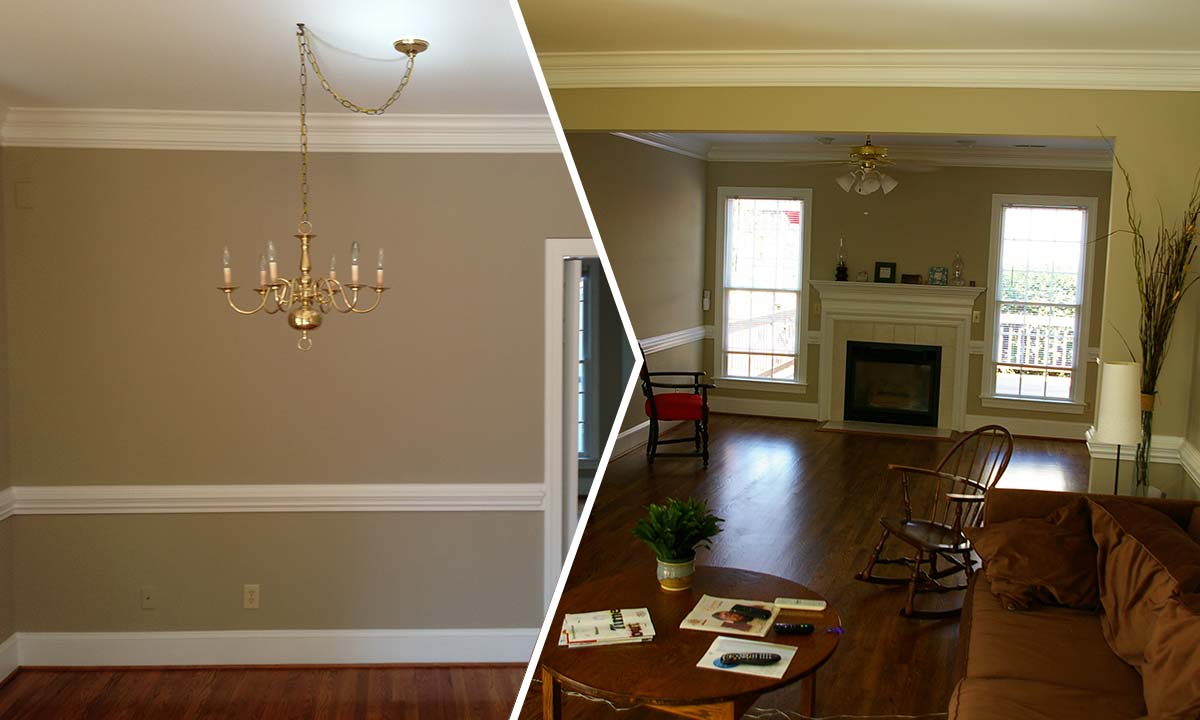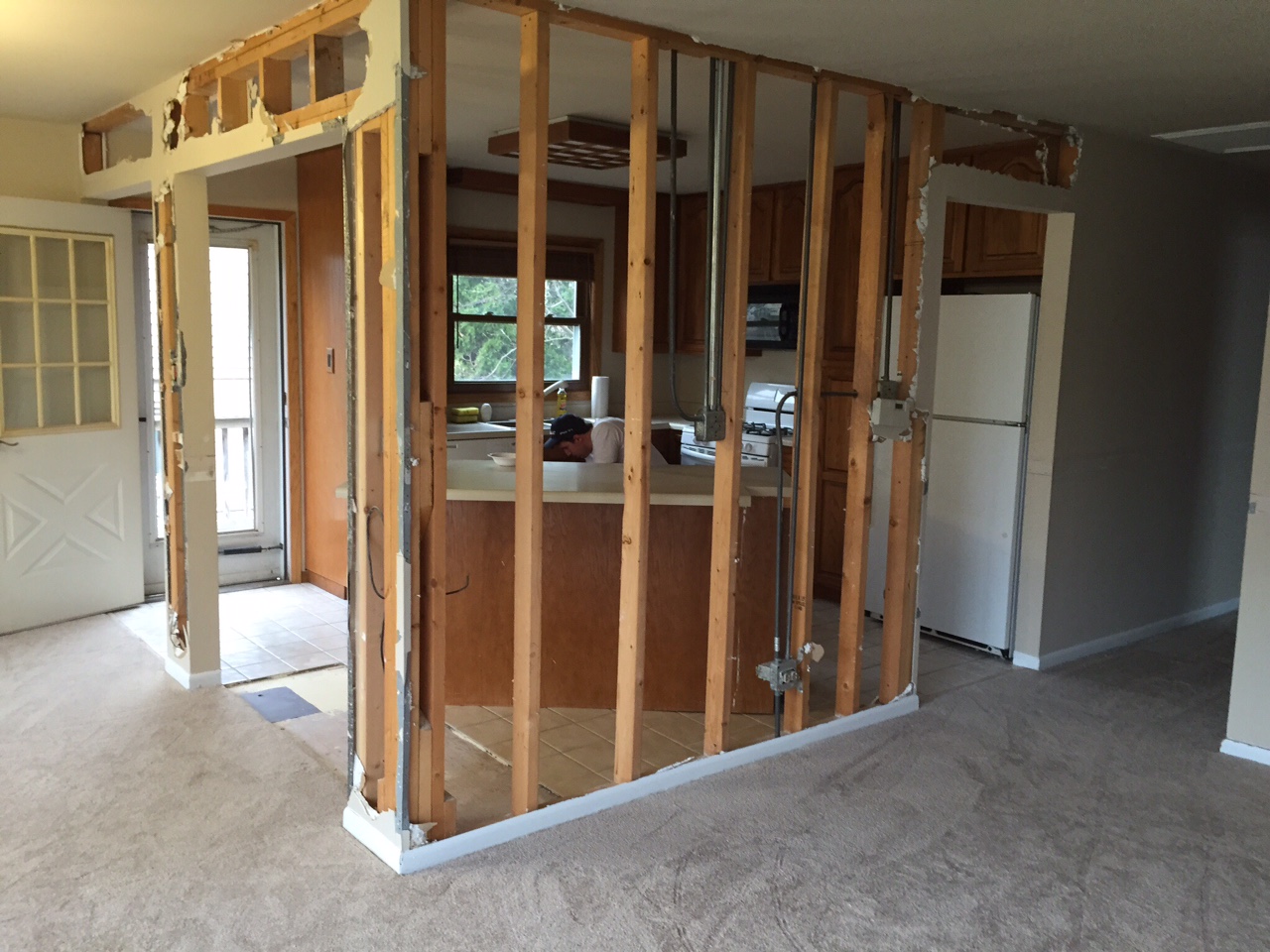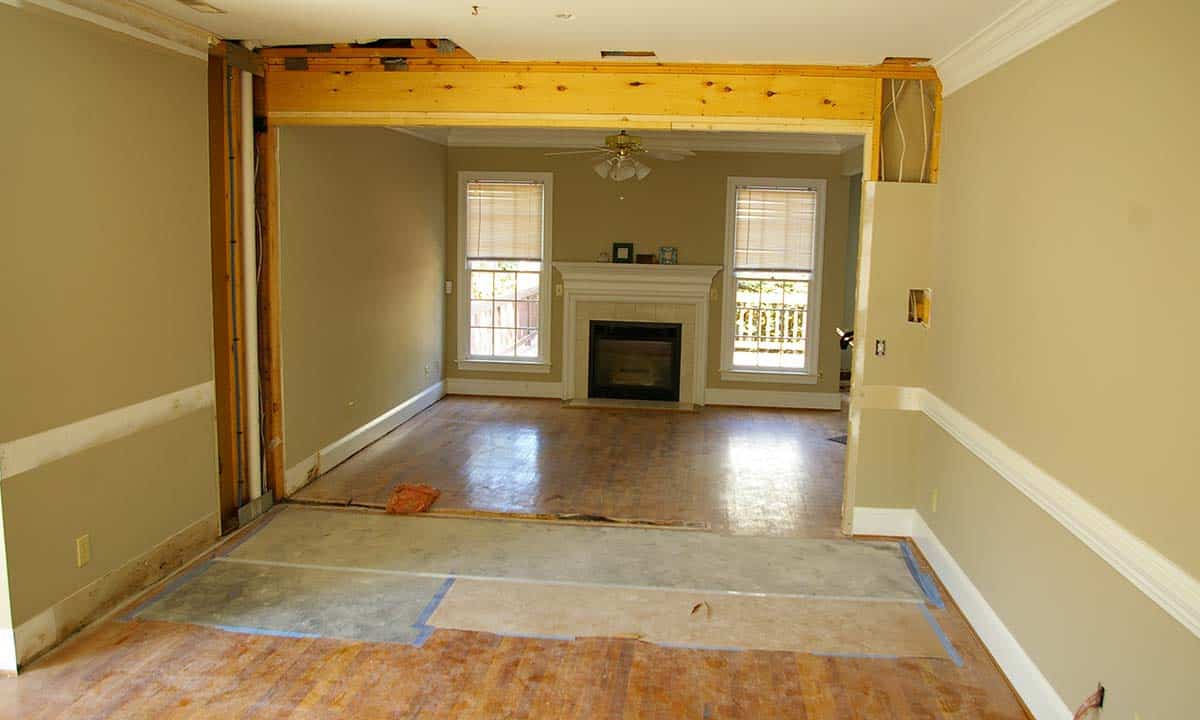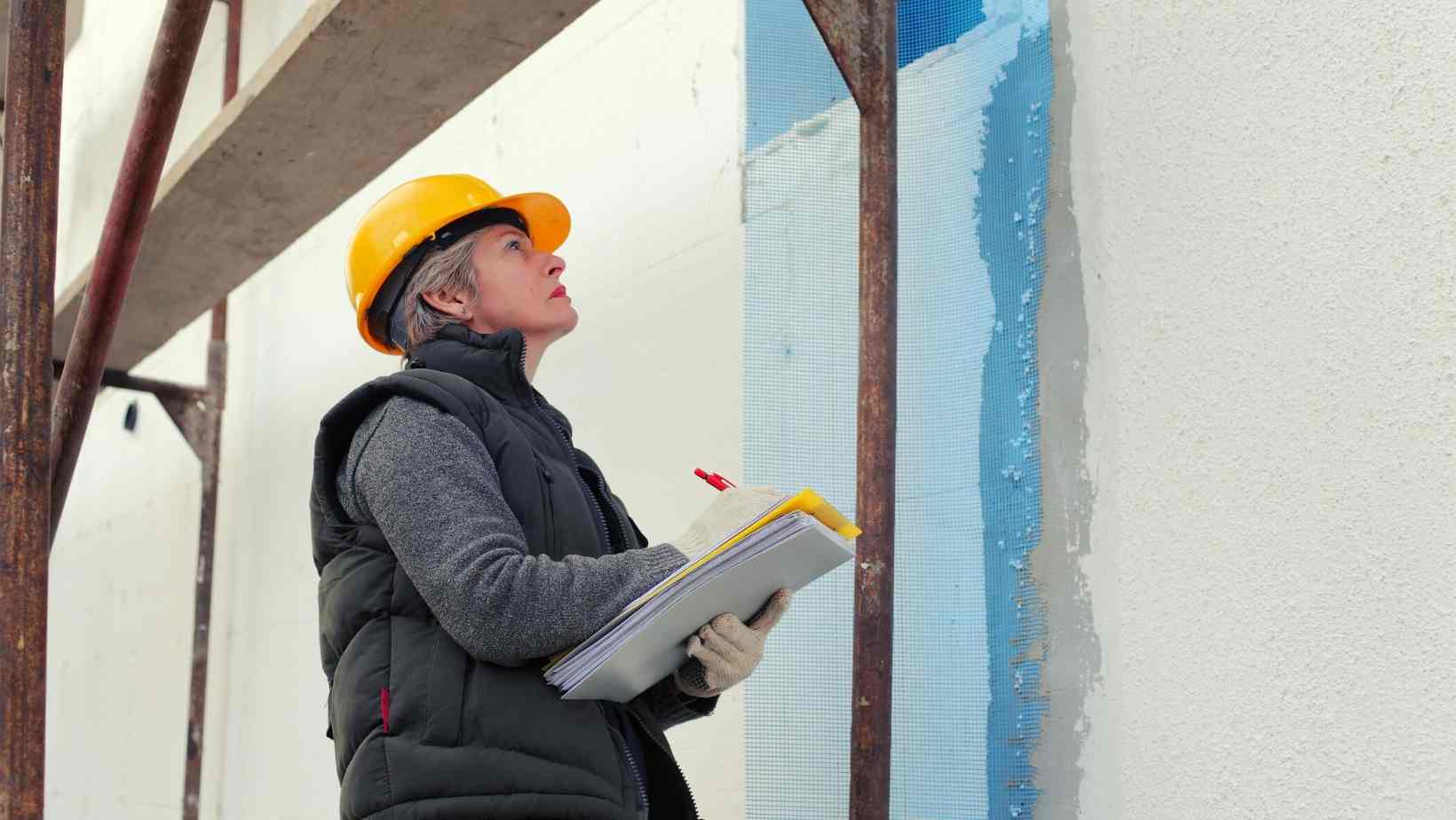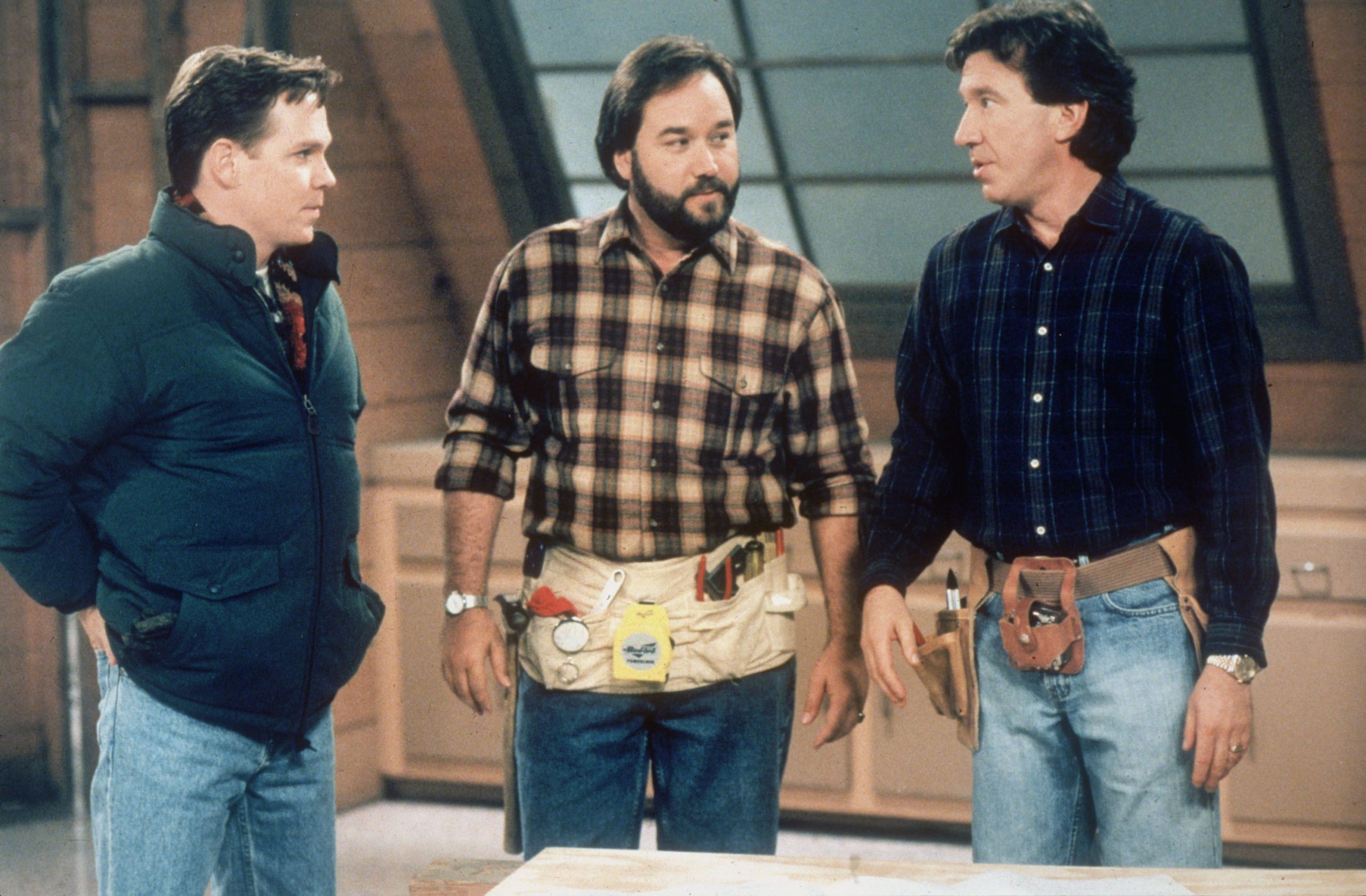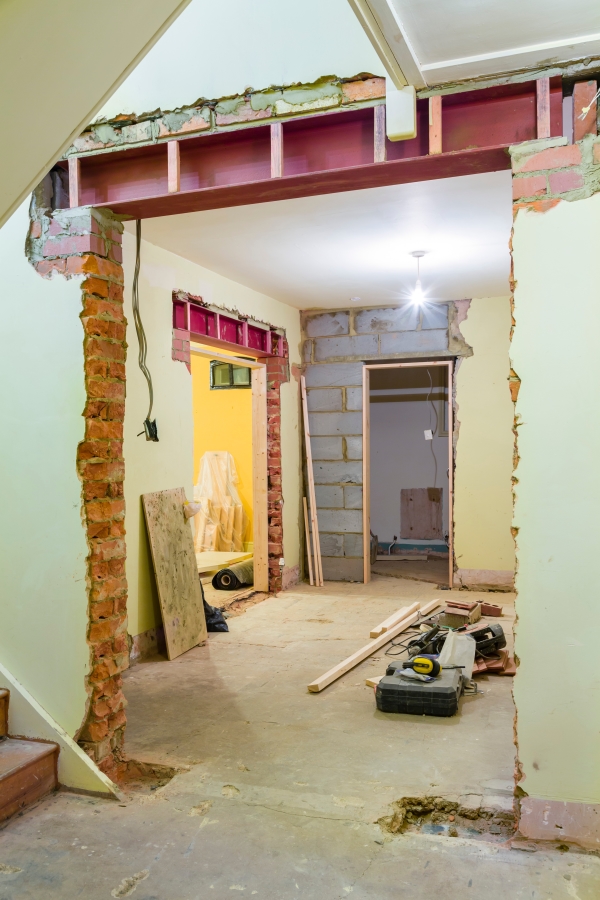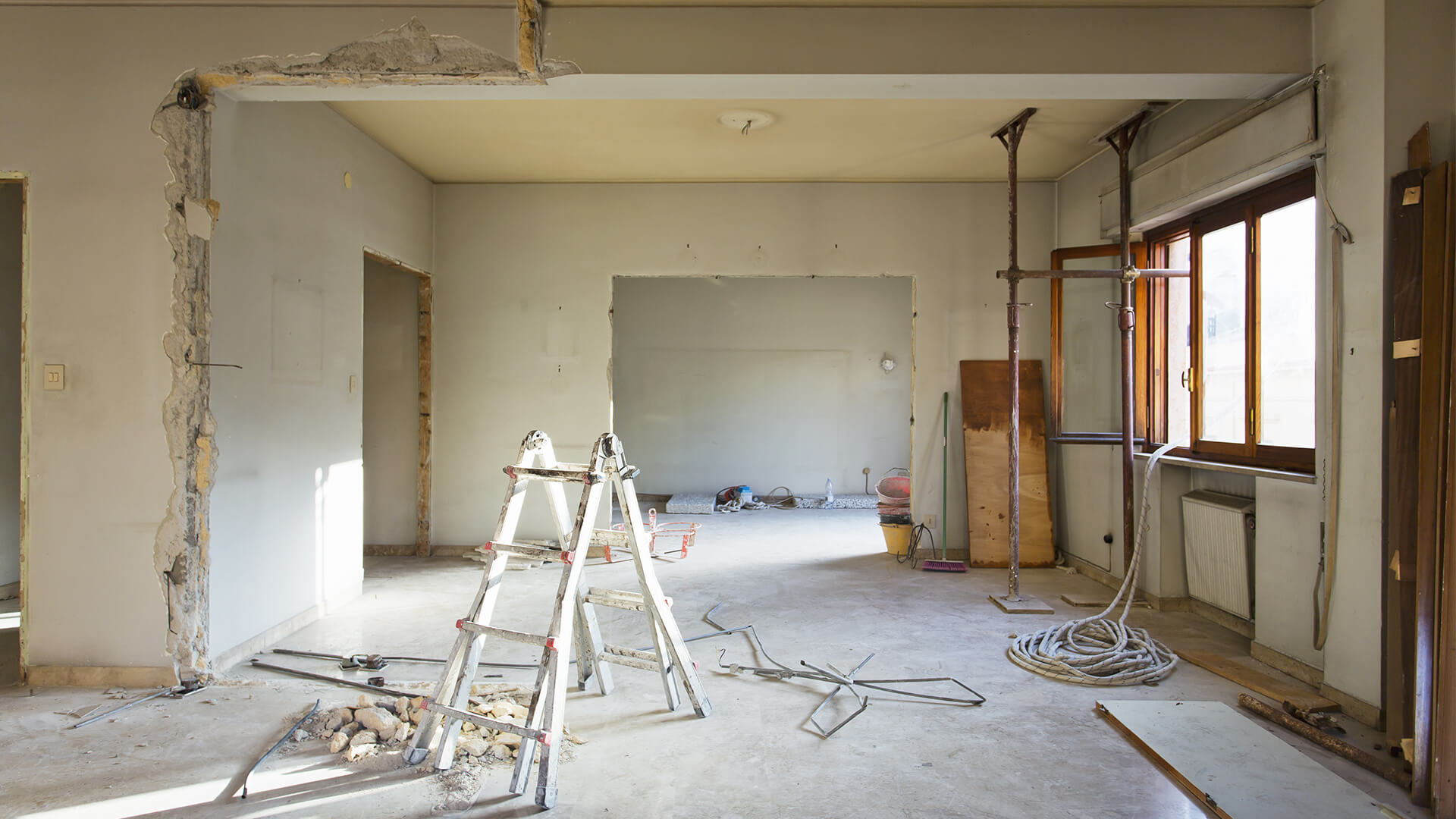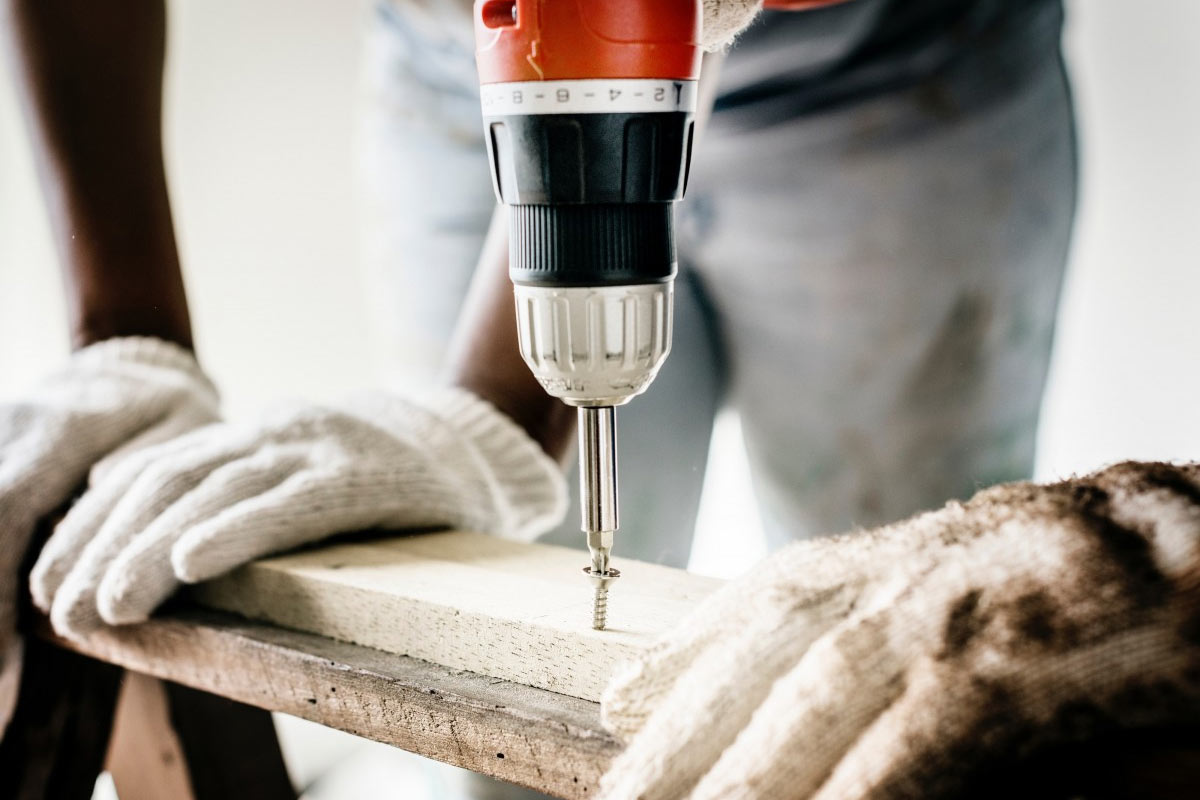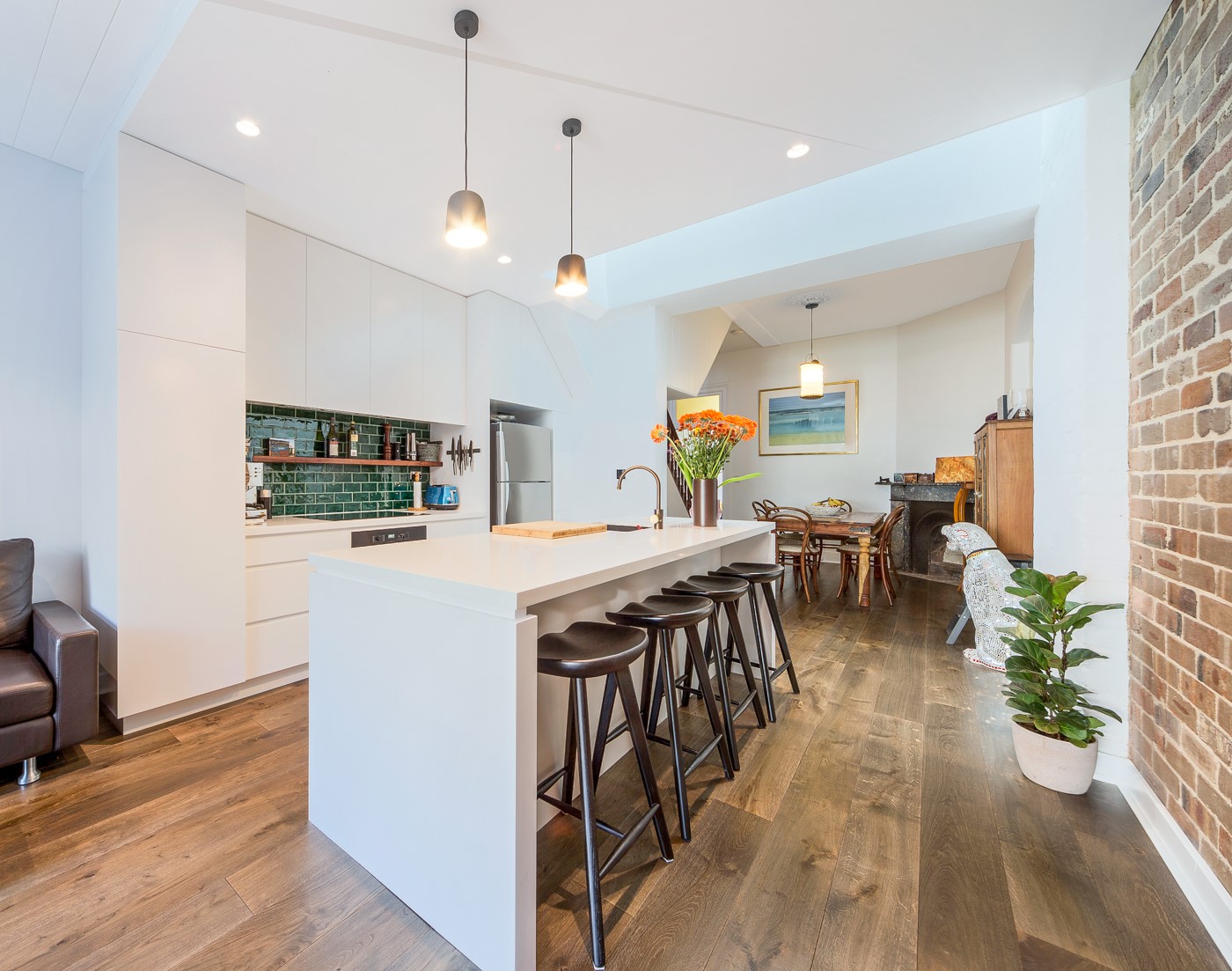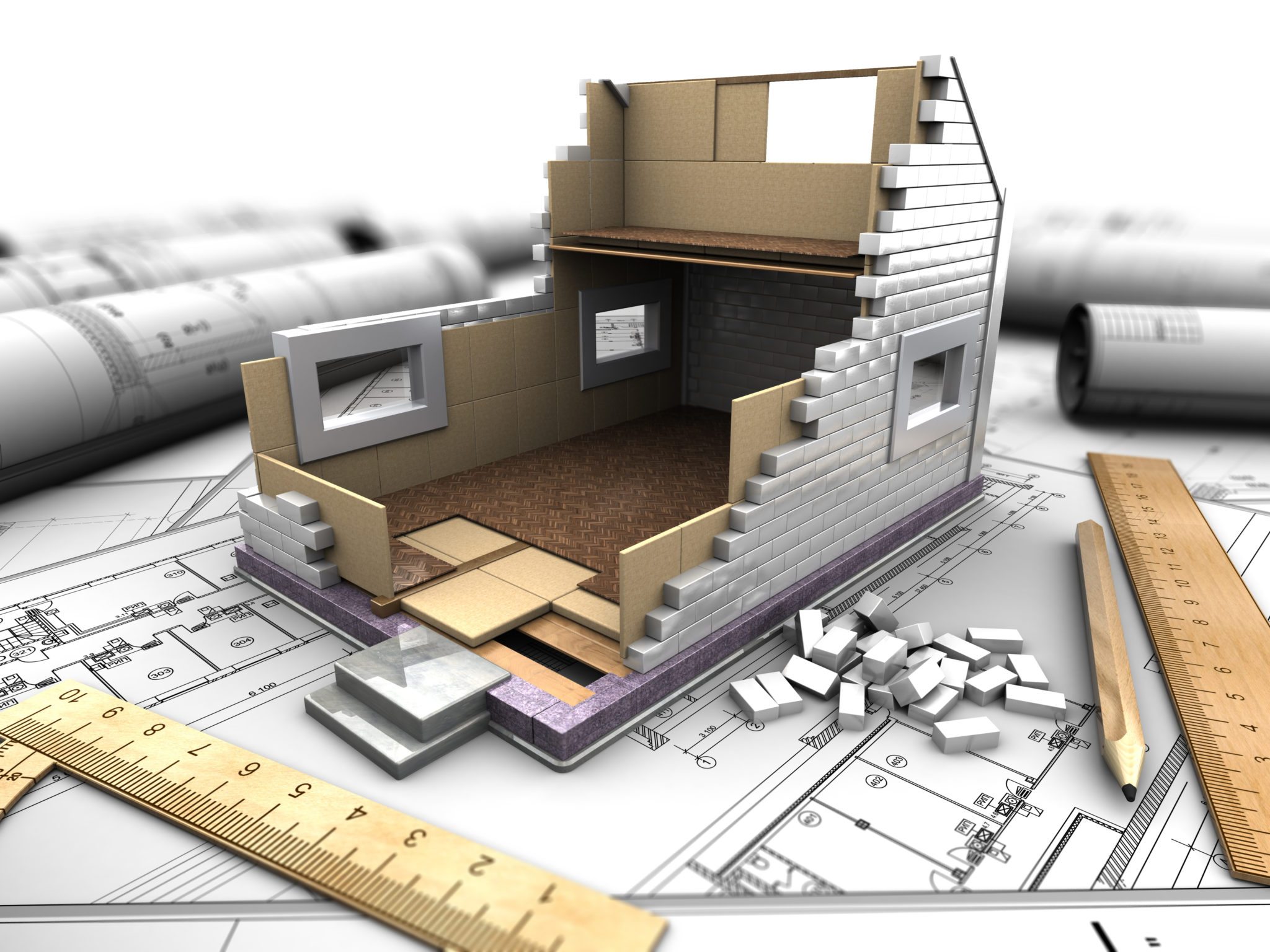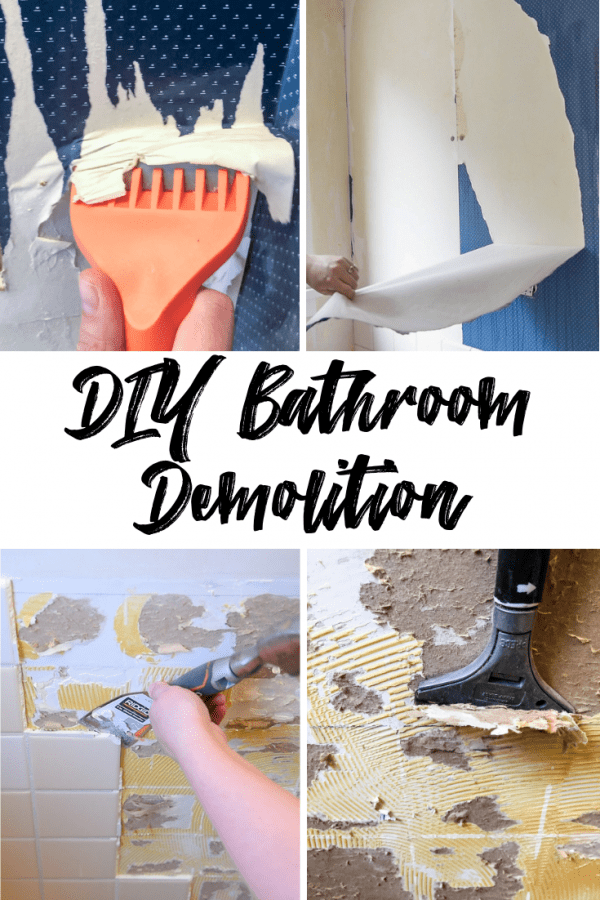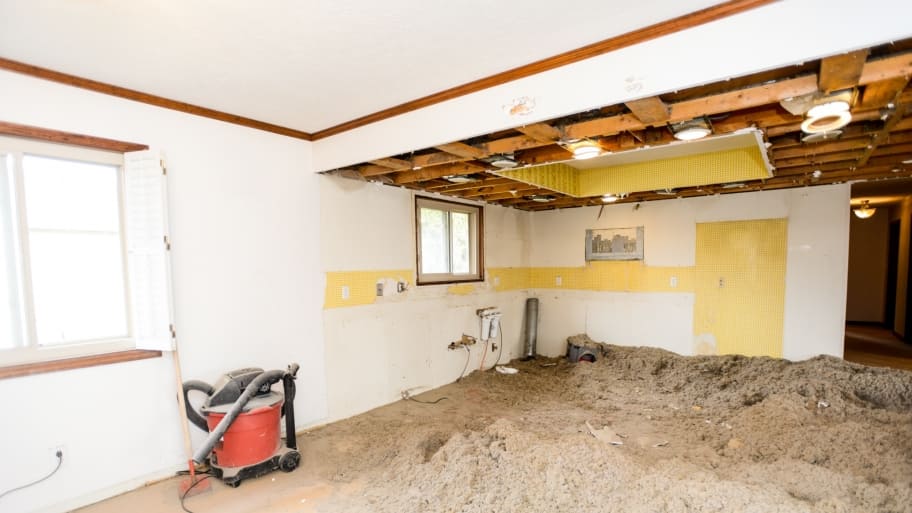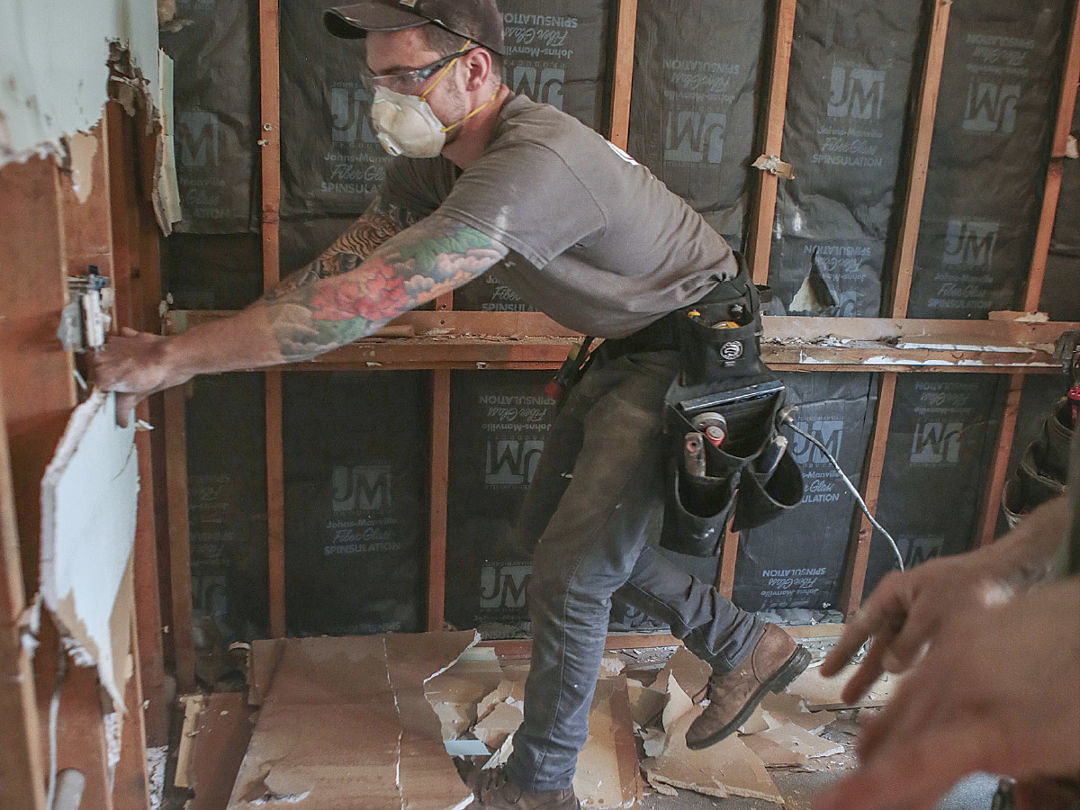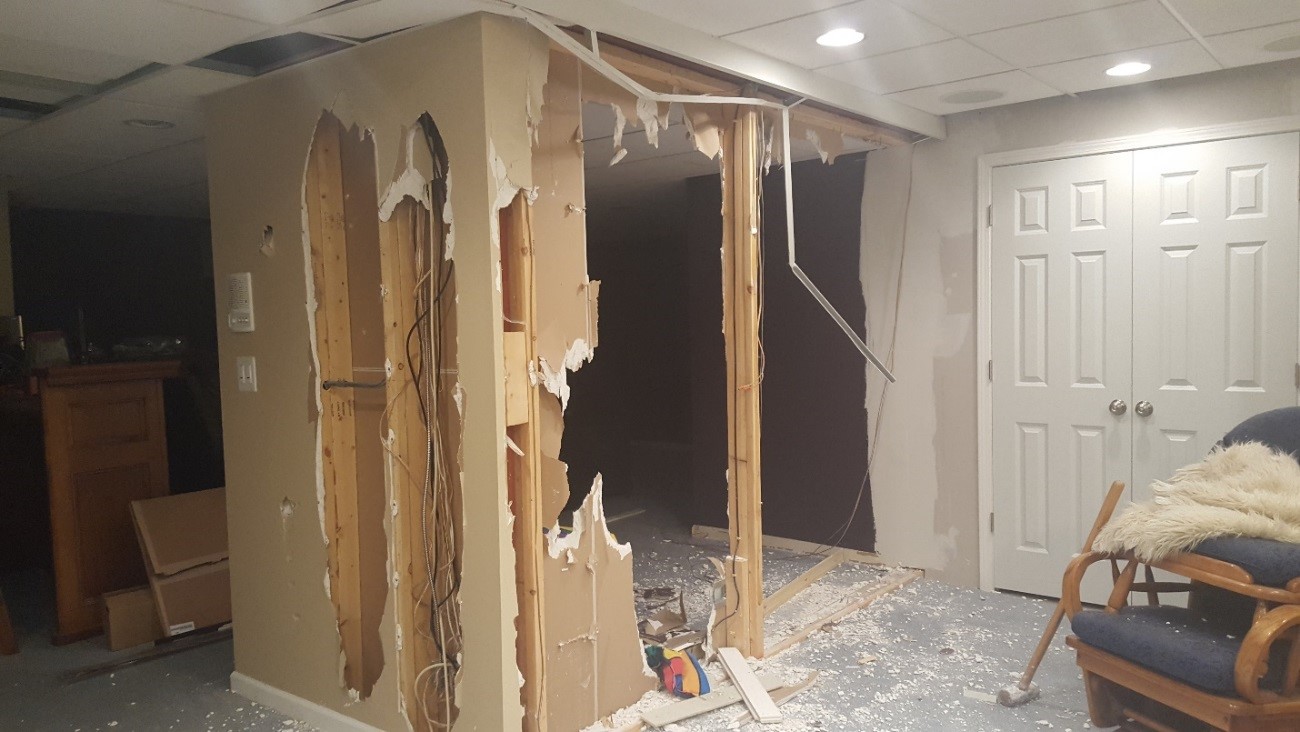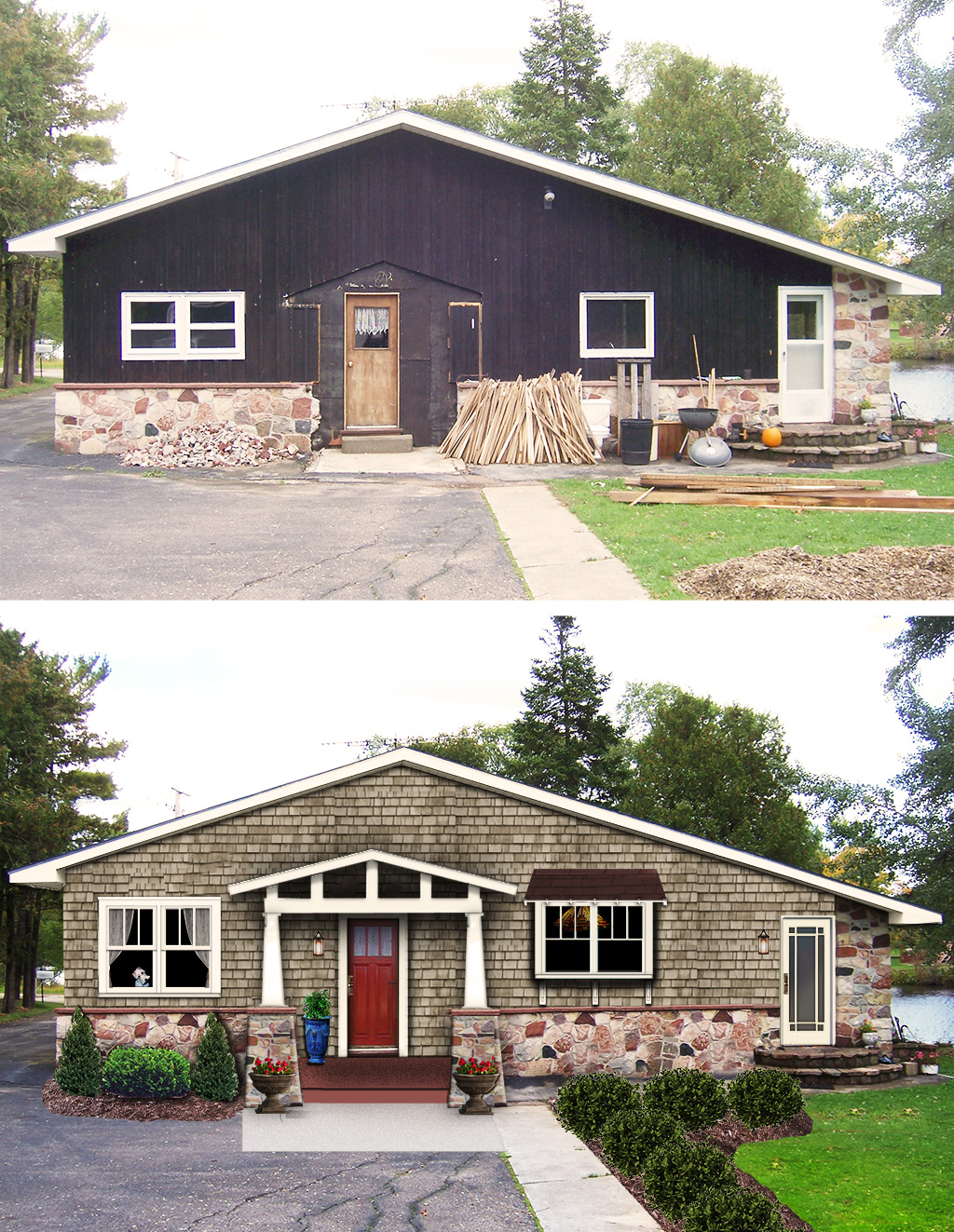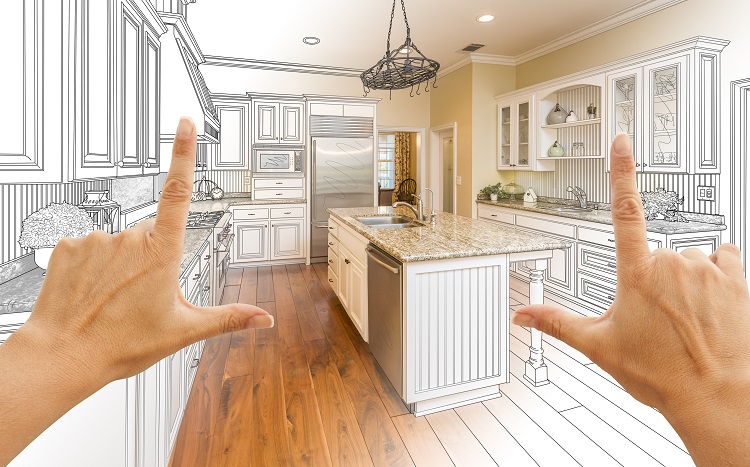When it comes to kitchen renovation, one of the most exciting and daunting tasks is tearing out a kitchen wall. This may seem like a simple process, but it requires careful planning and execution to ensure the safety and structural integrity of your home. Before you pick up a sledgehammer and start smashing away, here are the top 10 things you need to know about demolishing a kitchen wall.Demolition
The first step in tearing out a kitchen wall is to remove any appliances, cabinets, and fixtures that are attached to it. This includes the sink, oven, and any mounted cabinets. This will give you a clear workspace and make it easier to access the wall itself. Be sure to turn off all utilities, including water and electricity, before removing any fixtures to avoid any accidents.Removing
Once you have a clear workspace, you can start tearing down the wall. Before you start swinging, make sure you have the necessary tools, such as a sledgehammer, pry bar, and safety gear. It's also important to have a plan for disposing of the debris and to protect any adjacent rooms or areas from dust and debris.Tearing down
While it may be tempting to jump right in and start demolishing, it's important to have a clear idea of what you want to achieve with your kitchen renovation. Are you looking to open up the space, add more natural light, or create a larger kitchen? Knowing your end goal will help you determine the extent of the wall removal and any structural changes that may be necessary.Kitchen renovation
Before you start tearing out a kitchen wall, it's important to understand the potential structural implications. Some walls may be load-bearing, meaning they support the weight of the floor or roof above. Removing a load-bearing wall without proper reinforcement can lead to serious structural damage. It's best to consult a professional before attempting to remove any walls in your home.Wall removal
If you do need to remove a load-bearing wall, it's important to have a plan for structural changes. This may include installing beams or columns to support the weight of the structure. It's crucial to follow building codes and obtain any necessary permits before making these changes. Skipping this step could result in costly repairs or even safety hazards.Structural changes
Removing a kitchen wall is not just about aesthetics; it can also be a home improvement that adds value to your property. By creating an open floor plan, you can make your home feel larger and more spacious, which is a desirable feature for potential buyers. Just be sure to do your research and make informed decisions to ensure your renovations add value to your home.Home improvement
Tearing out a kitchen wall is not a small task; it's a full-fledged renovation project. It requires time, effort, and careful planning to ensure everything goes smoothly. Be prepared for unexpected challenges and budget for potential setbacks. It's always better to overestimate the time and budget rather than being caught off guard.Renovation project
While it may be tempting to save some money by doing the demolition yourself, it's important to assess your skills and abilities realistically. DIY demolition can be dangerous, especially if you are not familiar with the proper techniques and safety precautions. It's always best to hire a professional if you are unsure or uncomfortable with the task at hand.DIY demolition
Finally, tearing out a kitchen wall can be a rewarding home renovation project that can transform the look and feel of your home. By following these top 10 tips, you can ensure a successful and safe wall removal that will add value and functionality to your living space. Remember to plan, research, and consult professionals when needed for a smooth and successful renovation experience.Home renovation
Tearing Out a Kitchen Wall: A Bold Design Choice

The Importance of a Functional Kitchen
 When it comes to house design, the kitchen is often considered the heart of the home. Not only is it a space for cooking and preparing meals, but it is also a place for gathering with family and friends. Therefore, it is essential to have a functional and visually appealing kitchen that meets the needs of the homeowner. However, sometimes the layout of a kitchen may not be ideal, and a bold design choice, such as tearing out a kitchen wall, may be necessary to create the perfect space.
When it comes to house design, the kitchen is often considered the heart of the home. Not only is it a space for cooking and preparing meals, but it is also a place for gathering with family and friends. Therefore, it is essential to have a functional and visually appealing kitchen that meets the needs of the homeowner. However, sometimes the layout of a kitchen may not be ideal, and a bold design choice, such as tearing out a kitchen wall, may be necessary to create the perfect space.
Maximizing Space and Natural Light
 One of the main reasons for tearing out a kitchen wall is to maximize the space and natural light in the room. Removing a wall can open up the kitchen and create a more spacious and airy atmosphere. This is especially beneficial for smaller kitchens or those with a closed-off layout. By tearing out a wall, natural light can also flow freely into the kitchen, making it feel brighter and more inviting.
One of the main reasons for tearing out a kitchen wall is to maximize the space and natural light in the room. Removing a wall can open up the kitchen and create a more spacious and airy atmosphere. This is especially beneficial for smaller kitchens or those with a closed-off layout. By tearing out a wall, natural light can also flow freely into the kitchen, making it feel brighter and more inviting.
Creating an Open Floor Plan
 Tearing out a kitchen wall can also be a strategic design choice for creating an open floor plan. This can be particularly useful for homeowners who enjoy entertaining or have a busy household. With an open layout, the kitchen seamlessly blends into the living or dining area, allowing for easier interaction and flow between the spaces. It also creates a sense of unity and cohesiveness in the home.
Tearing out a kitchen wall can also be a strategic design choice for creating an open floor plan. This can be particularly useful for homeowners who enjoy entertaining or have a busy household. With an open layout, the kitchen seamlessly blends into the living or dining area, allowing for easier interaction and flow between the spaces. It also creates a sense of unity and cohesiveness in the home.
Customization and Personalization
 Removing a kitchen wall also provides the opportunity for customization and personalization. By tearing out a wall, homeowners can create a custom layout that suits their specific needs and preferences. This could include adding a kitchen island, incorporating a breakfast bar, or installing additional cabinets or counter space. These design choices can not only improve the functionality of the kitchen but also add personality and character to the space.
Removing a kitchen wall also provides the opportunity for customization and personalization. By tearing out a wall, homeowners can create a custom layout that suits their specific needs and preferences. This could include adding a kitchen island, incorporating a breakfast bar, or installing additional cabinets or counter space. These design choices can not only improve the functionality of the kitchen but also add personality and character to the space.
Considerations and Planning
 Before tearing out a kitchen wall, it is important to consider a few key factors. First, consult with a professional contractor or structural engineer to ensure the wall is not load-bearing. If it is, alternative solutions will need to be explored. Additionally, have a clear idea of the desired layout and design of the kitchen to ensure the wall removal aligns with those plans. Proper planning and preparation can help ensure a successful and seamless kitchen renovation.
Before tearing out a kitchen wall, it is important to consider a few key factors. First, consult with a professional contractor or structural engineer to ensure the wall is not load-bearing. If it is, alternative solutions will need to be explored. Additionally, have a clear idea of the desired layout and design of the kitchen to ensure the wall removal aligns with those plans. Proper planning and preparation can help ensure a successful and seamless kitchen renovation.
In Conclusion
 Tearing out a kitchen wall may seem like a drastic design choice, but it can have a significant impact on the functionality and aesthetics of the space. By creating a more open and spacious kitchen, homeowners can enjoy a more comfortable and inviting living area. It also allows for customization and personalization, making the kitchen truly their own. Just be sure to consult with professionals and plan carefully to ensure a successful and satisfying renovation.
Tearing out a kitchen wall may seem like a drastic design choice, but it can have a significant impact on the functionality and aesthetics of the space. By creating a more open and spacious kitchen, homeowners can enjoy a more comfortable and inviting living area. It also allows for customization and personalization, making the kitchen truly their own. Just be sure to consult with professionals and plan carefully to ensure a successful and satisfying renovation.



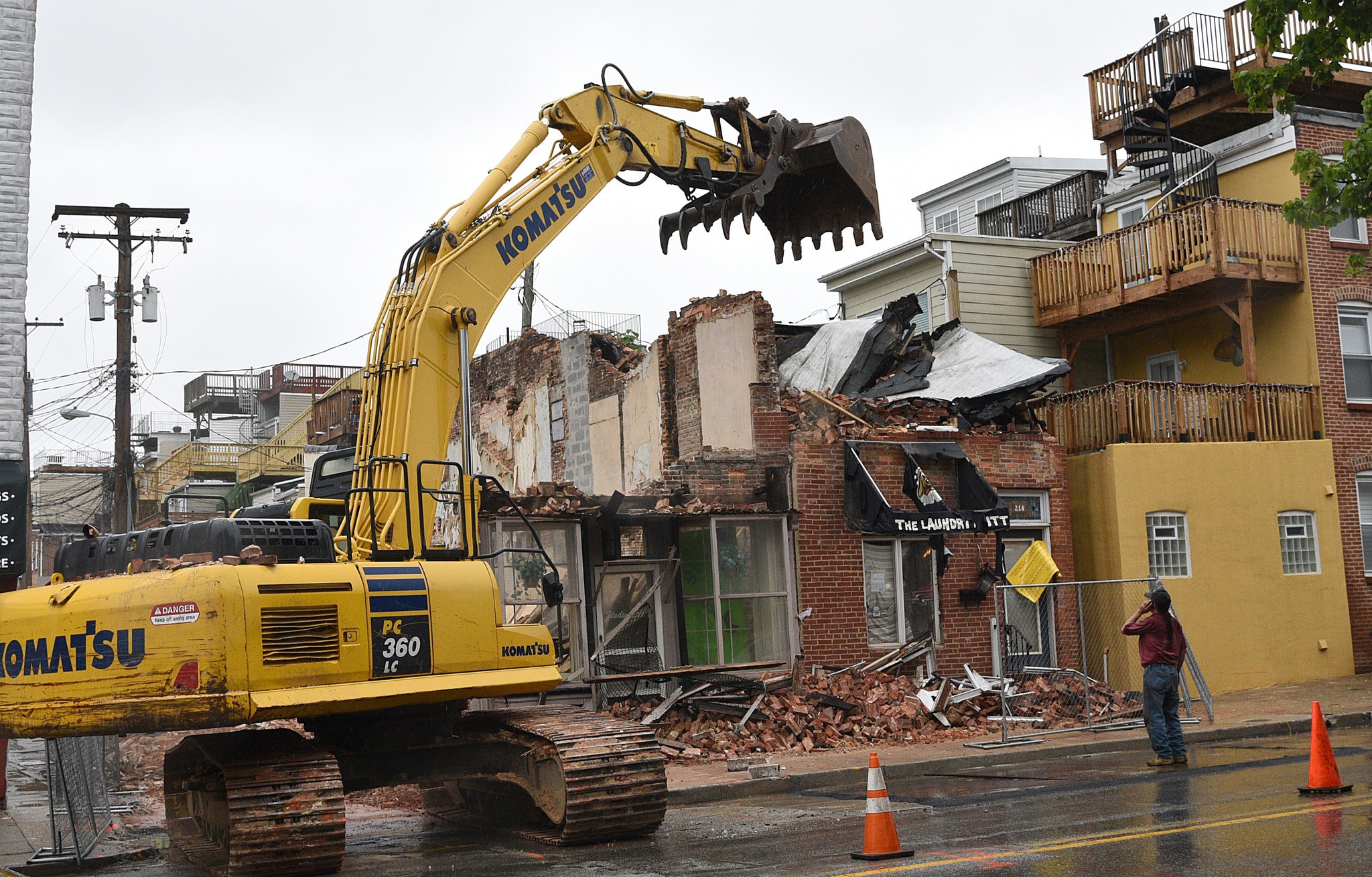



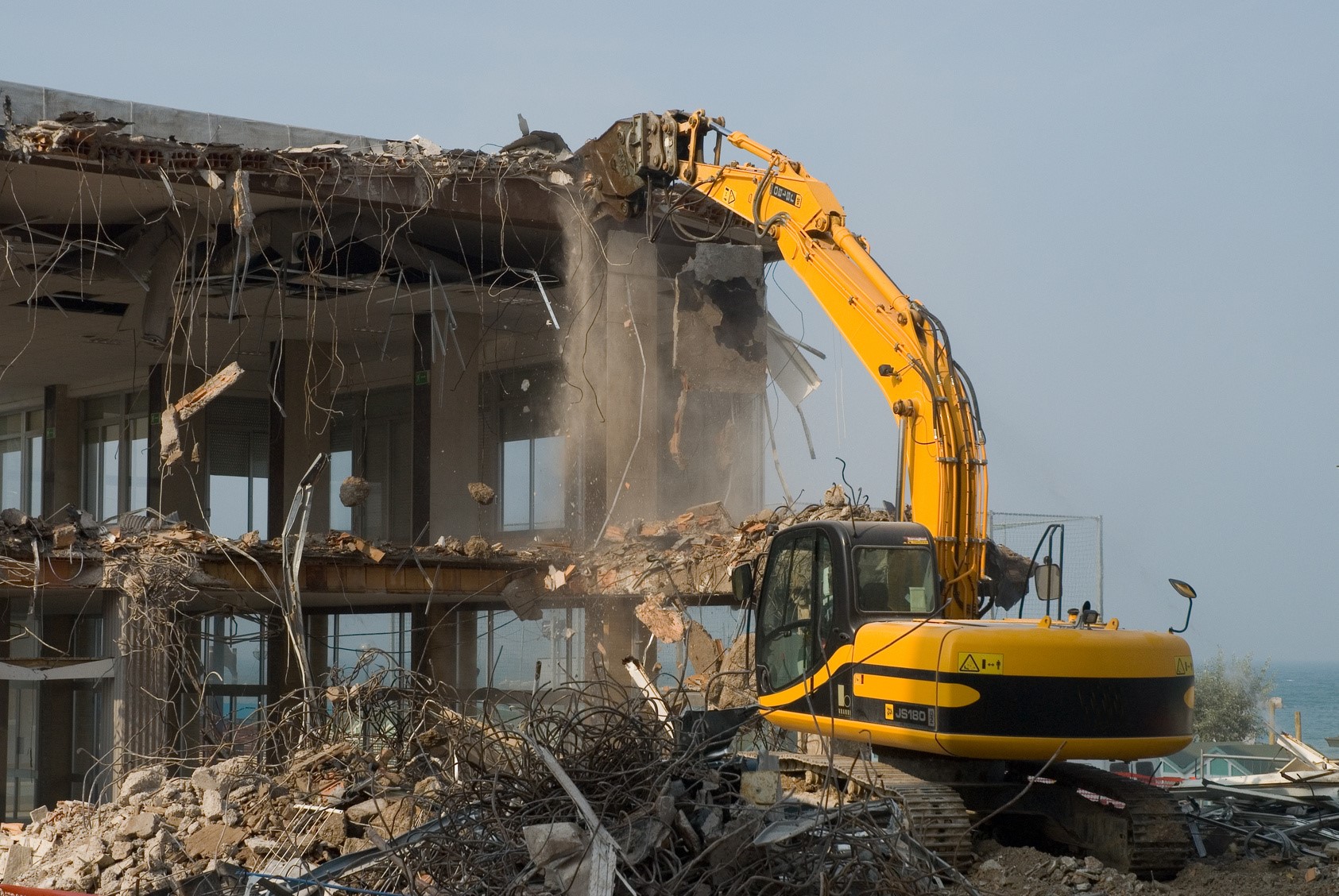

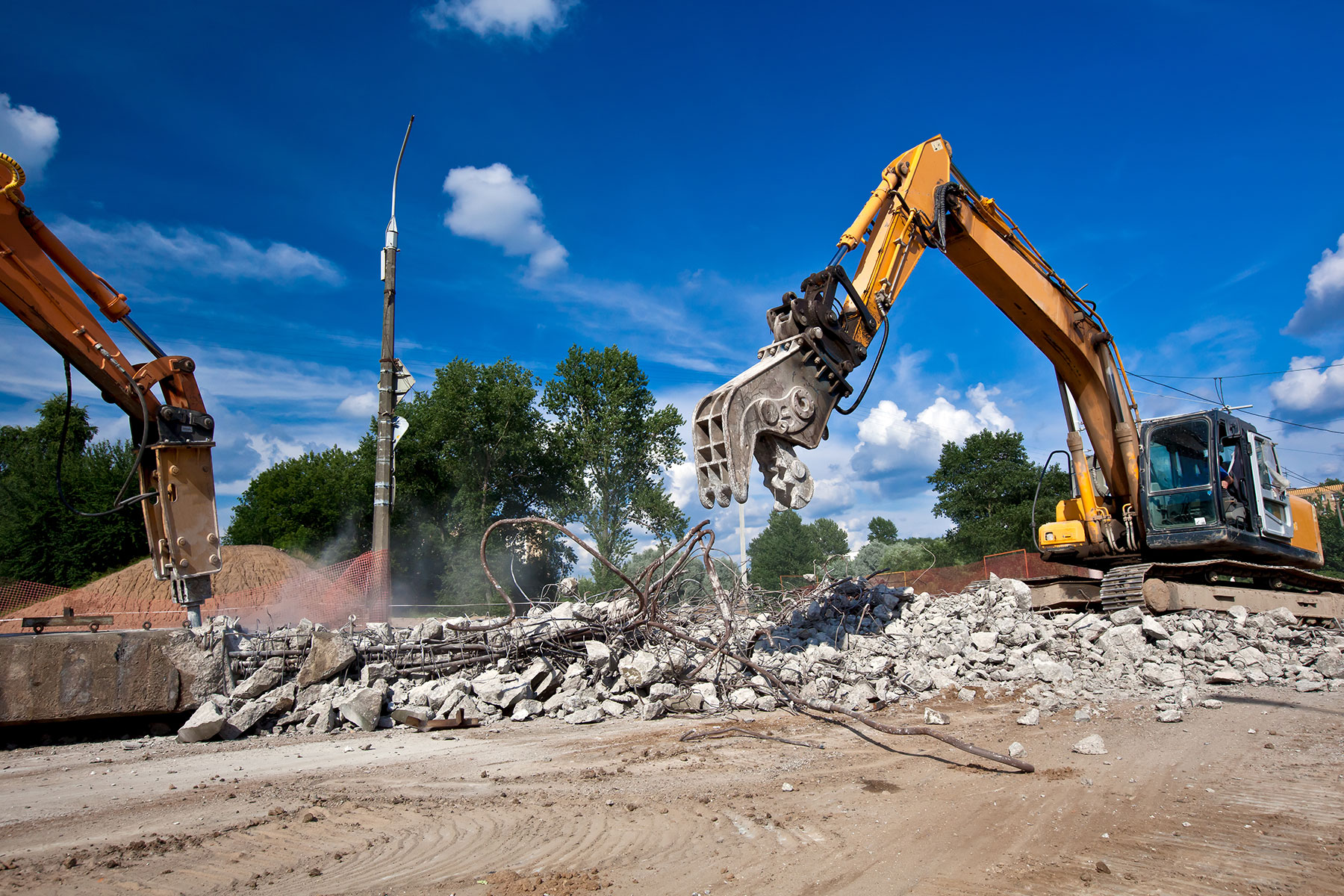




/Removingwallpaper-GettyImages-473464062-41424d58dee84c0c9f62f1c65e537f0f.jpg)
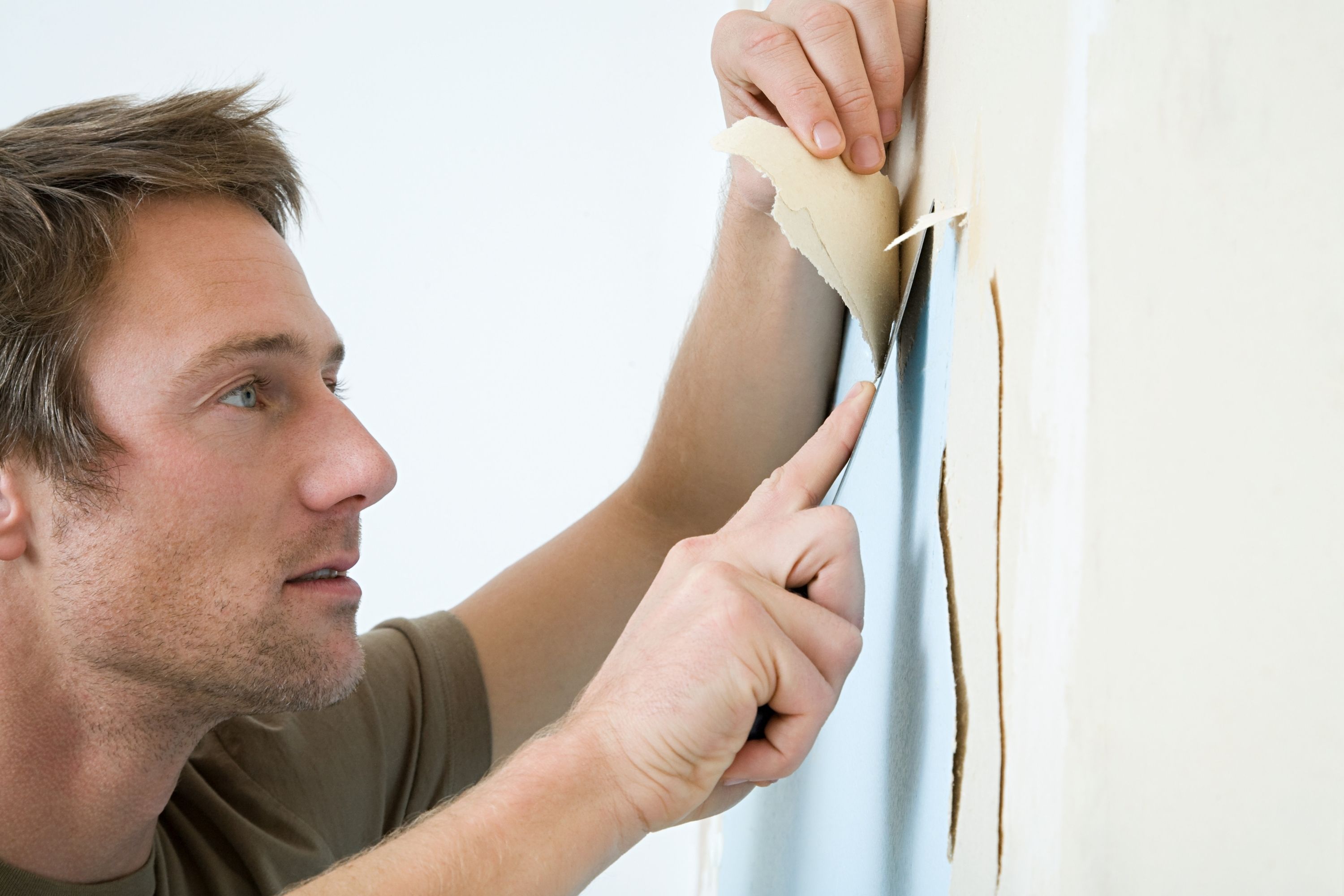
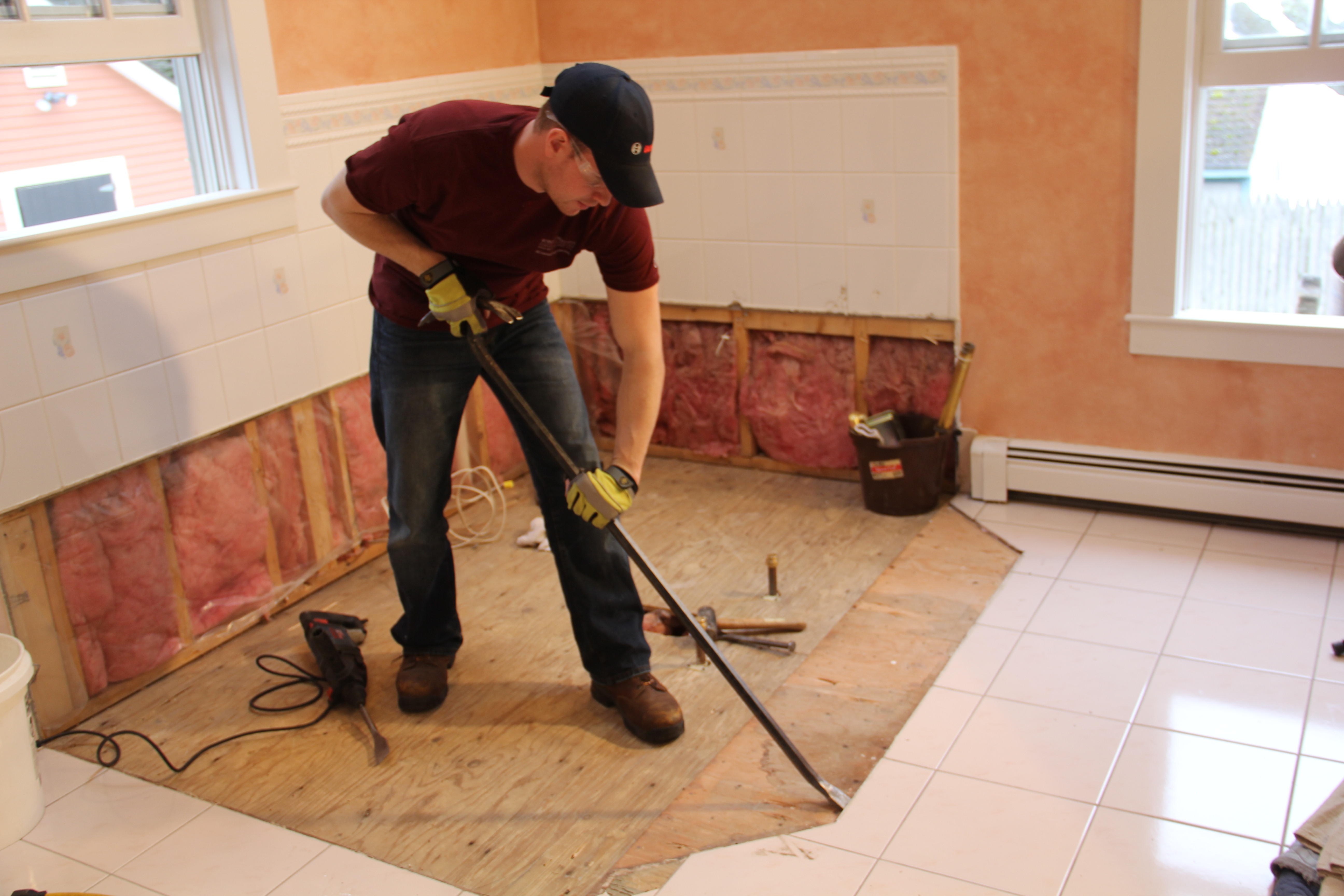
/woman-removing-old-tiles-645377785-5852d2215f9b586e02d2ee25.jpg)



/HowtoRemoveGrassfromYard-87a67b29c691497fb95b7c61069ff58e.jpg)





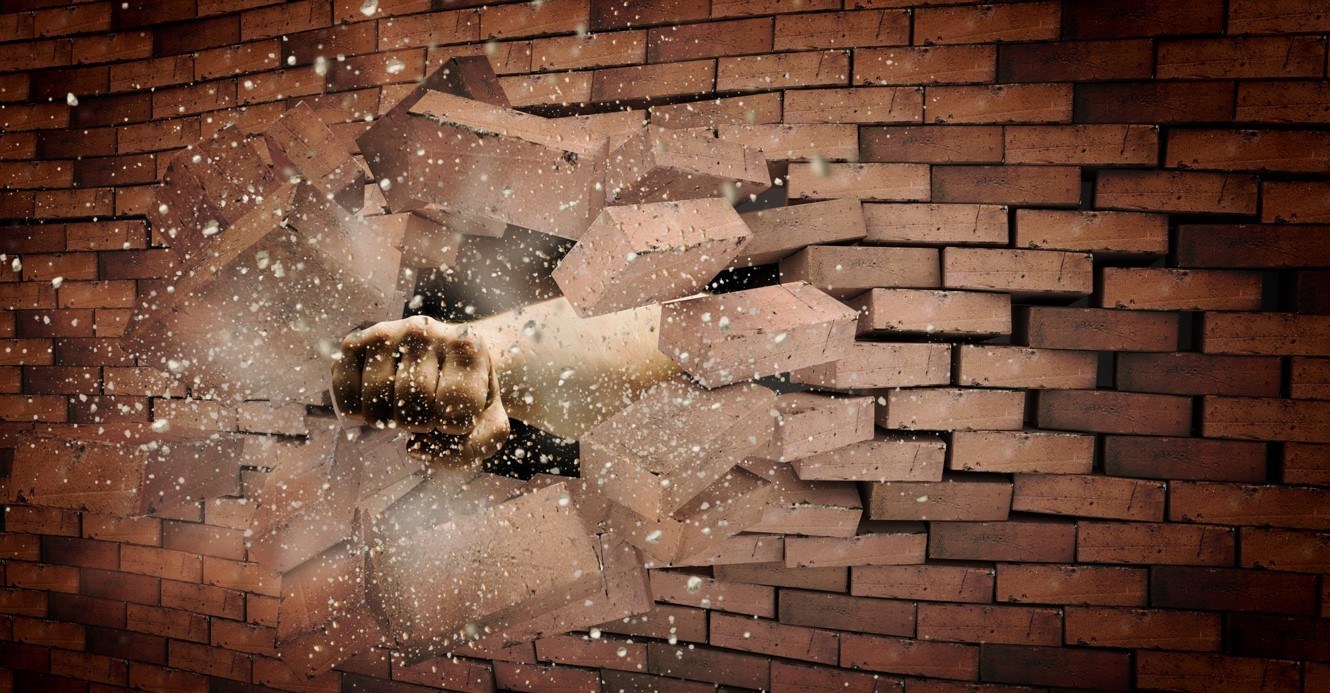
:max_bytes(150000):strip_icc()/Tearing-Down-a-House-57ab349e3df78cf459846976.jpg)



